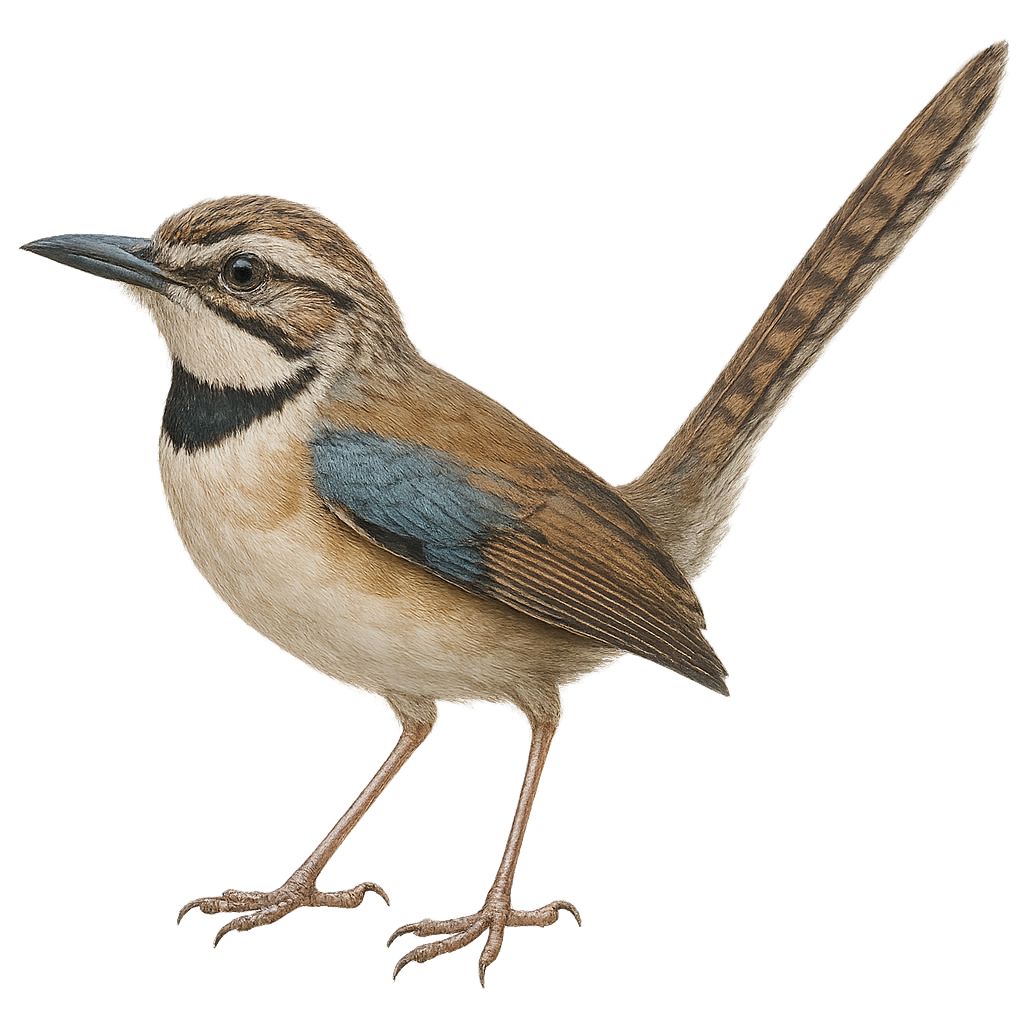Your wildlife photography guide.
Explore the long-tailed ground roller in detail, study its behavior, prepare your shots.
Where to observe and photograph the long-tailed ground roller in the wild
Learn where and when to spot the long-tailed ground roller in the wild, how to identify the species based on distinctive features, and what natural environments it inhabits. The WildlifePhotographer app offers tailored photography tips that reflect the long-tailed ground roller’s behavior, helping you capture better wildlife images. Explore the full species profile for key information including description, habitat, active periods, and approach techniques.
Long-tailed Ground Roller
Scientific name: Uratelornis chimaera

IUCN Status: Endangered
Family: Brachypteraciidae
Group: Birds
Sensitivity to human approach: Suspicious
Minimum approach distance: 10 m
Courtship display: November to December
Incubation: 18-20 jours
Hatchings: November to January
Habitat:
Dry forests, savannas, shrublands
Activity period :
Primarily active during the day, with peak activity in the morning and late afternoon.
Identification and description:
The Long-tailed Ground Roller, or Uratelornis chimaera, is an endemic bird species of Madagascar, remarkable for its appearance and behavior. This medium-sized bird, measuring about 30 cm in length, is notable for its long tail and brown speckled plumage, which provides effective camouflage in its natural habitat. Primarily terrestrial, it prefers running to flying and feeds on insects and small invertebrates found by foraging on the ground. The Long-tailed Ground Roller is a diurnal bird, active mainly in the morning and late afternoon. It is known for its melodious song, used to mark territory and attract a mate. Unfortunately, this species is threatened by habitat destruction due to deforestation.
Recommended lens:
400 mm – adjust based on distance, desired framing (portrait or habitat), and approach conditions.
Photography tips:
To photograph the Long-tailed Ground Roller, it's essential to blend into the environment to avoid scaring it away. Use a telephoto lens of at least 400mm to capture detailed images from a distance. Patience is crucial, as this bird is suspicious and moves quickly on the ground. Focus on early morning or late afternoon hours when the bird is most active. A tripod can be helpful to stabilize your camera and achieve sharp shots. Pay attention to its melodious song, which can help you locate this elusive bird.
From knowledge to field practice
A species profile helps you understand an animal. In the field, the challenge is often different. Remembering your own observations.
The WildlifePhotographer app allows you to:
• record your personal observations
• note locations, dates, and behaviors
• revisit your field references over time
• build a private and long-term field logbook
The app does not provide observation locations.
It helps you organize what you actually observe, with respect for wildlife.

